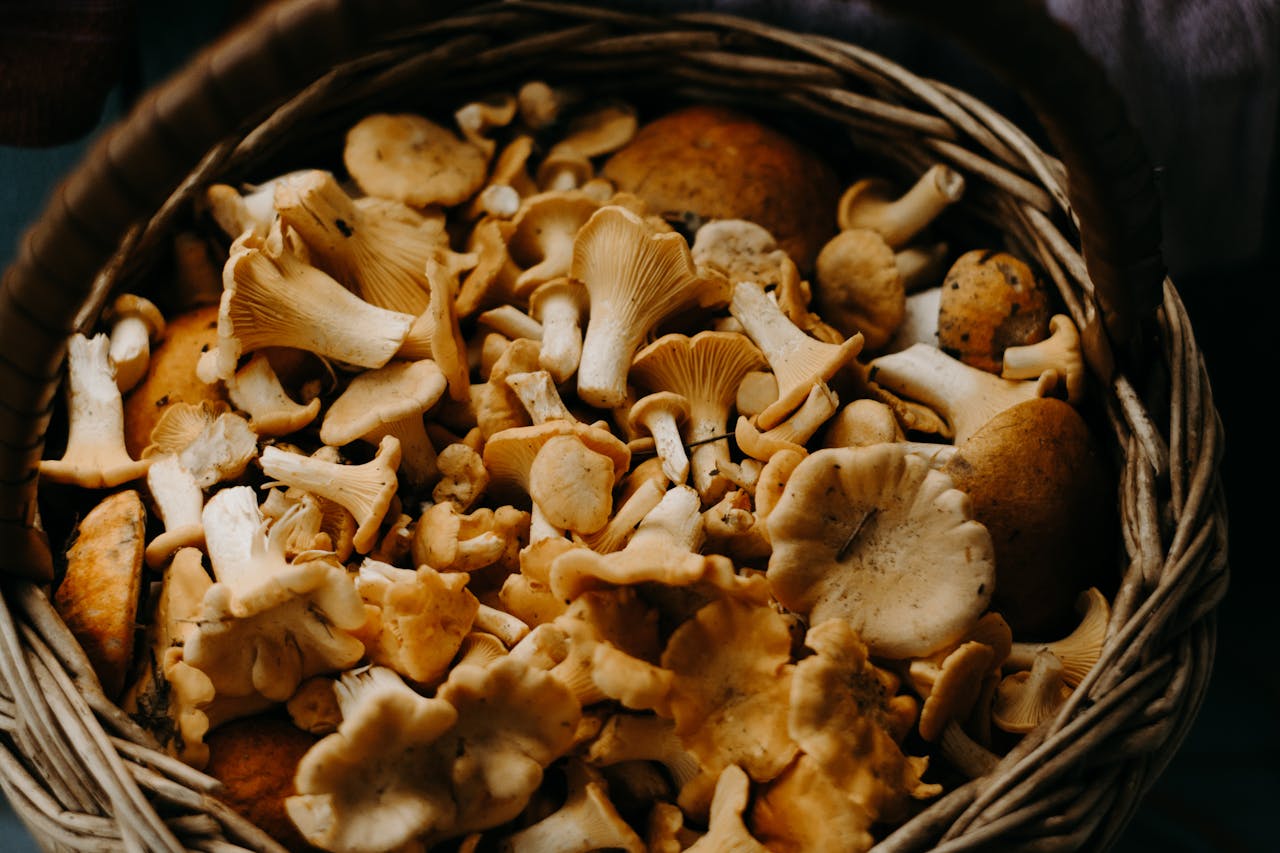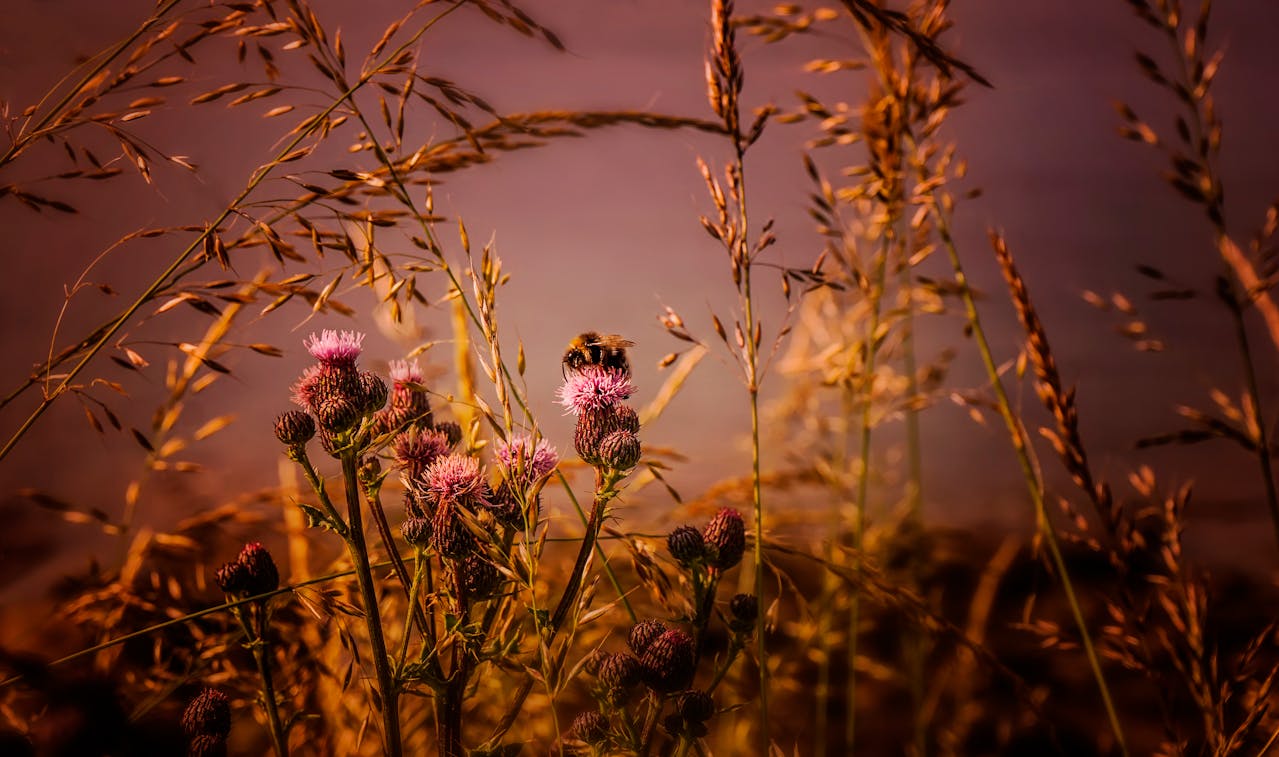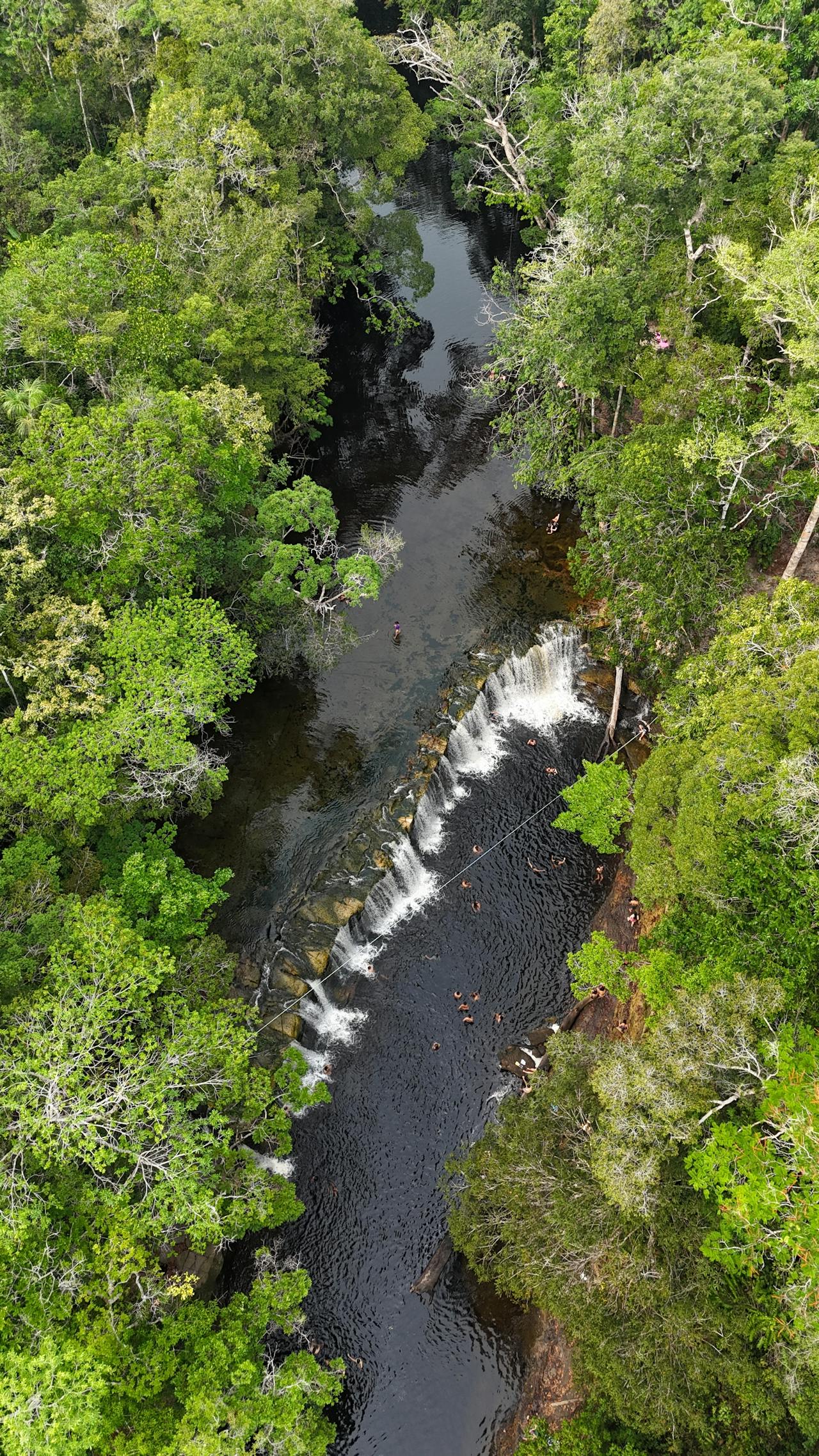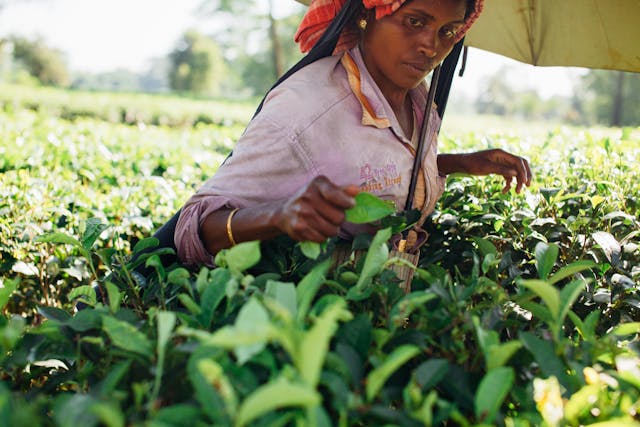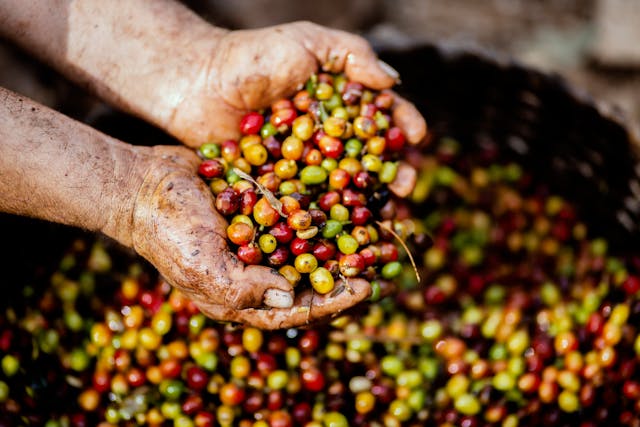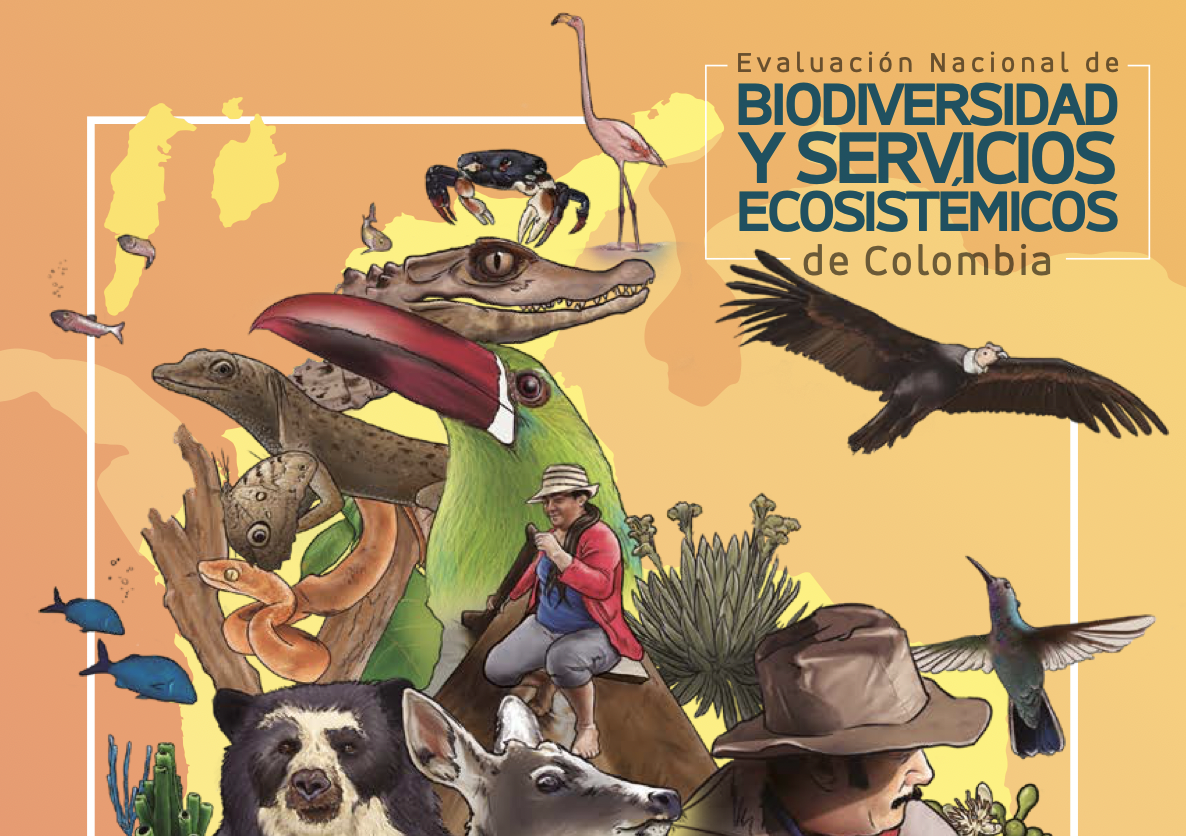Aim: Pollination services are at risk from land-use change and intensification, but responses of individual pollinator species are often variable, making it difficult to detect and understand community-level impacts on pollination. We investigated changes in community composition and functional diversity of insect pollinator communities under a land-use change in a highly modified landscape.
Location: Canterbury Region, South Island, New Zealand.
Methods: We trapped insect pollinators every month for 1 year at 24 sites across four land-use types of increasing intensity in New Zealand: gardens with native vegetation, blackcurrant orchards, dairy farms, and rotational cropping farms. We investigated changes in pollinator species and functional richness and differences in species and functional composition.
Results: Under increasing land-use intensity, both species and functional richness declined markedly. Changes in functional richness, however, were overall not significantly different than expected based on the observed declines in species richness. Nevertheless, there was a significant trend towards greater than expected functional richness within less-intensive land-use types and lower than expected functional richness within intensive land-use types. The order of species loss under increasing land-use intensity was non-random, as pollinators with a narrow diet breadth, large body size, solitary behavior, and a preference for non-floral larval food resources were lost first.
Main conclusions: Our study shows that pollinator species bearing particular trait attributes are susceptible to differences in land use. Our study suggests that pollination services may be more vulnerable to environmental changes and disturbances in more intensive land use types as a result of lower pollinator functional richness.
The winners and losers of land use intensification: Pollinator community disassembly is non-random and alters functional diversity
Year: 2014
























































































































































































































































































































































































































































































































